Despite colour photography already existing, World War I is almost always seen in black and white.
But rare colour photos taken at the front have been gathered together by author Peter Walther to mark the 100th anniversary of the war’s outbreak.
A group of photographers at the time were pioneering Autochrome technology – an early colour photography process which was patented in France in the early 20th Century.
The volume from publisher Taschen brings together 320 pictures of the war, assembled from archives in Europe, the United States and Australia.

Taschen said the book provides “unprecedented” access to the most important developments of the period.
“Since the Autochrome process required a relatively long exposure time, almost all of the photos depict carefully composed scenes, behind the rapid front-line action,” the publishers said.
“We see poignant group portraits, soldiers preparing for battle, cities ravaged by military bombardment – daily human existence and the devastating consequences on the front.”

It includes work by the early colour photographers Paul Castelnau, Fernand Cuville, Jules Gervais-Courtellemont, Léon Gimpel, Hans Hildenbrand, Frank Hurley, Jean-Baptiste Tournassoud and Charles C. Zoller.
Around 4,500 colour photos are believed to have survived the war.

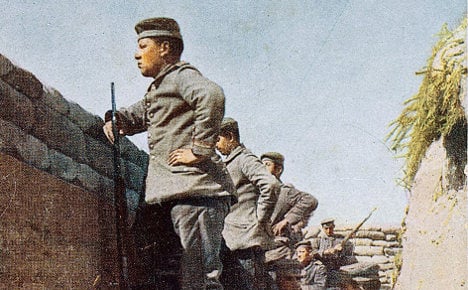
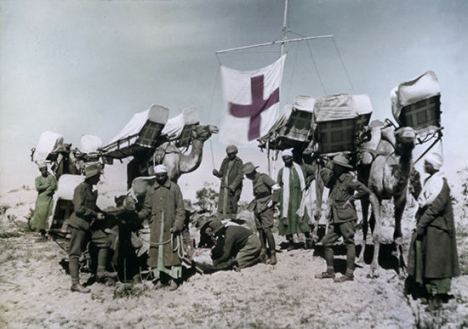
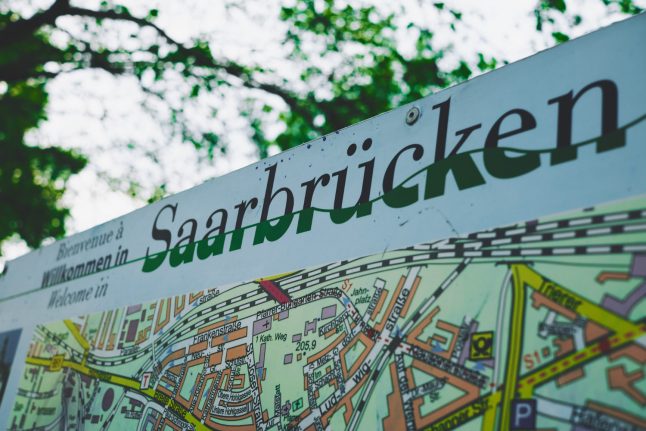
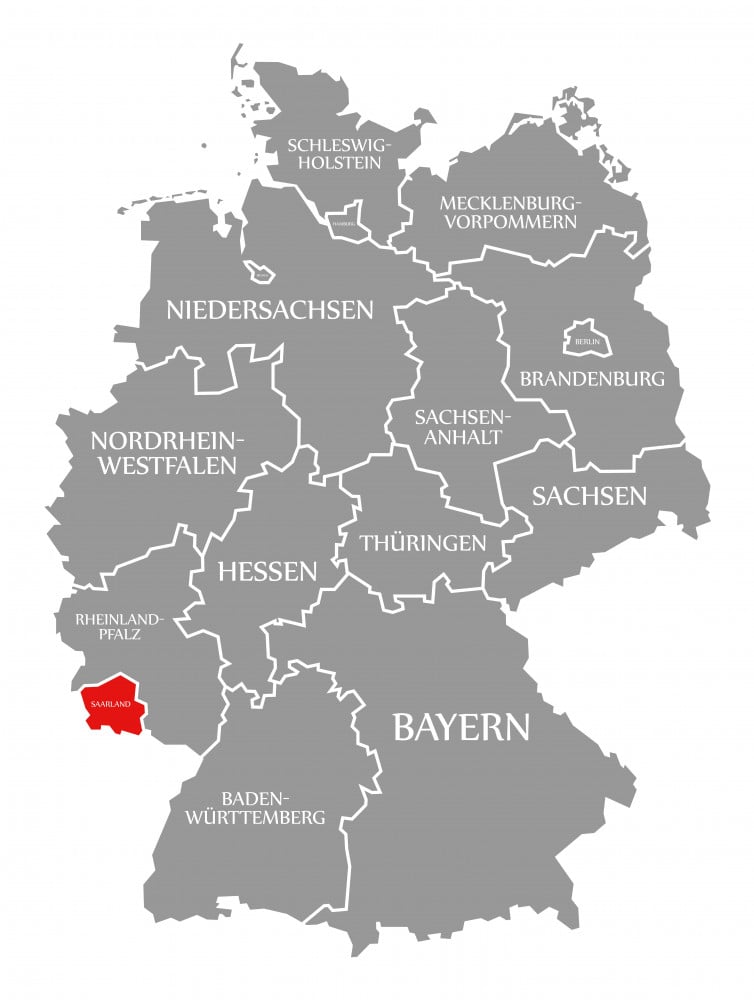
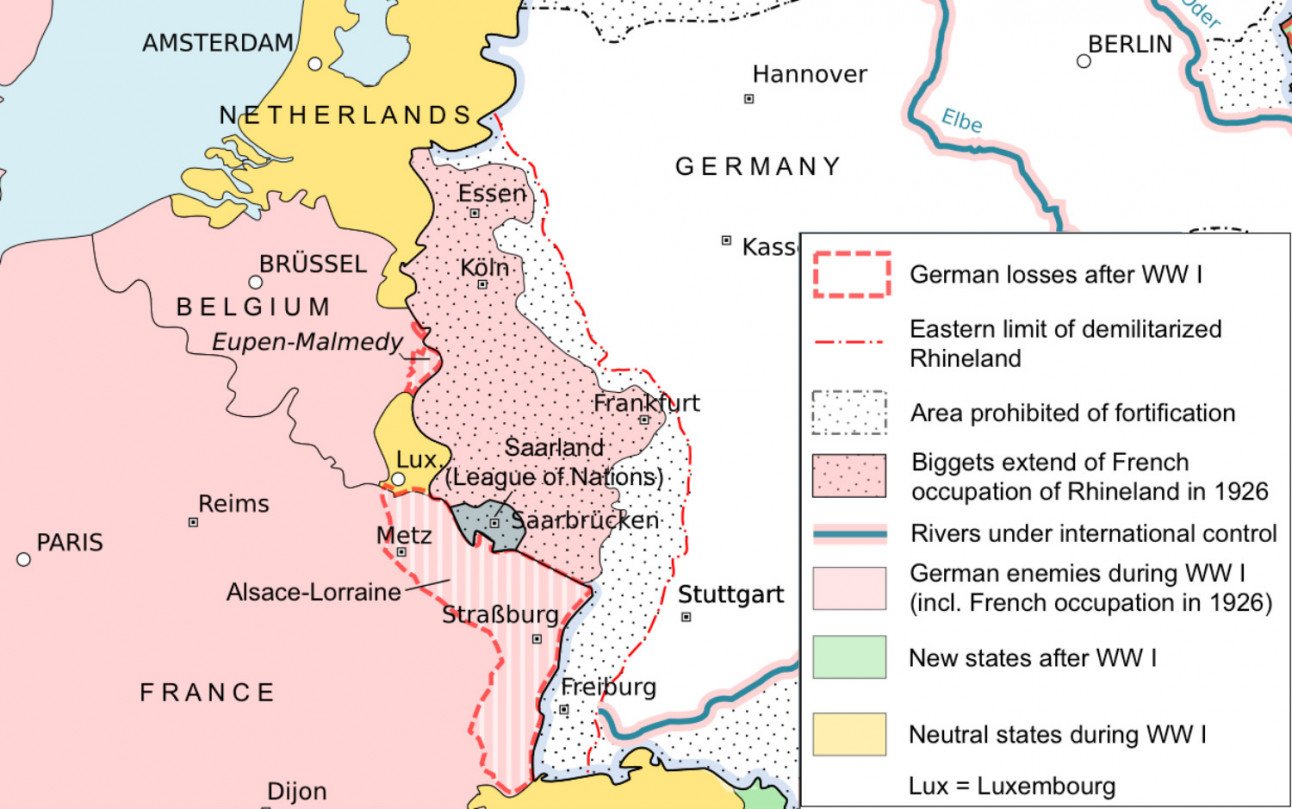
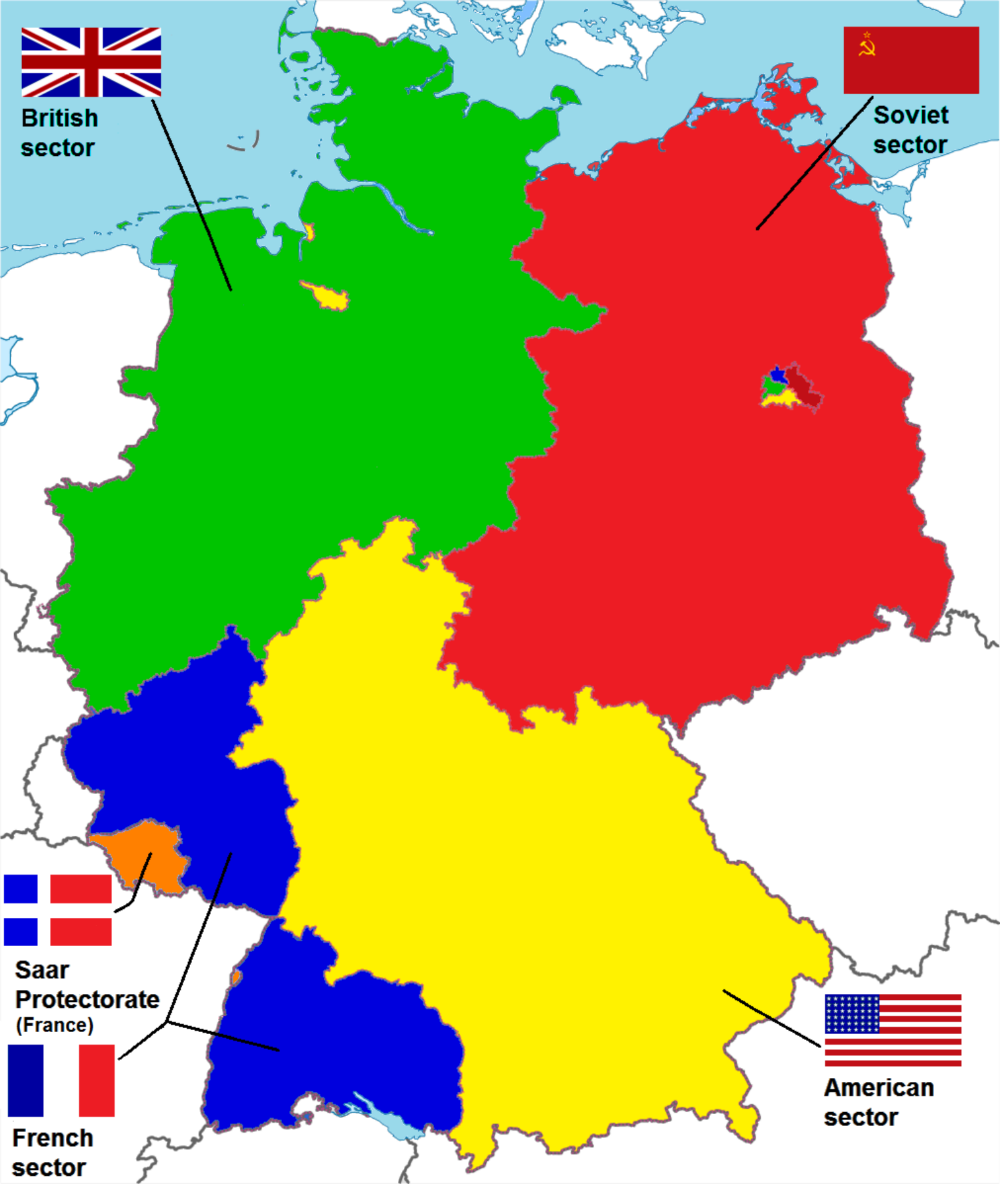
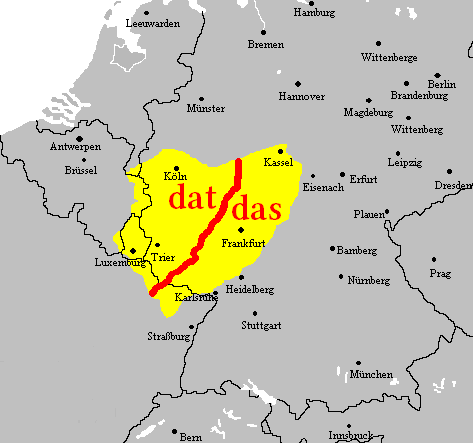

 Please whitelist us to continue reading.
Please whitelist us to continue reading.
Member comments